How Prefabricated Construction Helps Address Sustainable Living And Environmental Issues
Tata Steel, a global leader in steel production, is committed to reducing its environmental impact and promoting sustainable living through sustainable business practices. Prefabricated construction is a promising solution to address environmental issues in the construction industry. This innovative building method involves manufacturing components in a factory and assembling them on-site, providing several sustainability advantages compared to traditional construction methods.
In this blog, we'll explore how prefab construction addresses critical environmental issues and it’s potential to become the norm in the construction industry.
1.The Environmental Impact of Traditional Construction Methods
Traditional construction methods have a significant environmental impact -
- Construction generates waste, such as excess materials, packaging, and debris.
- Construction is responsible for a large percentage of global energy consumption, waste generation, and CO2 emissions.
- Much of this waste ends up in landfills, contributing to further environmental harm.
Construction waste management (CWM) has become a significant environmental issue in Indian municipalities. The construction waste generated in India is estimated to be around 150 million tonnes per year, accounting for 35-40% of the global Construction and Demolition (C&D) waste generated annually. Unfortunately, only 1% of this waste is recycled, as estimated by the Centre for Science and Environment (CSE). The situation is expected to worsen, as India has yet to construct two-thirds of the buildings it will have by 2030.
Addressing sustainability issues is vital to protect the environment amidst the increasing population and demand for housing and infrastructure. Sustainable construction practices help us reduce our impact on the environment, conserve resources, and sustainable building materials for a greener future. Prefabricated construction offers a promising solution to these challenges.
2. Environmental benefits of prefab construction in terms of sustainability, waste management, energy consumption, and CO2 emissions
- Prefabricated construction helps reduce CO2 emissions by using recycled materials in the production process.
- Prefabricated construction requires less energy to build than traditional construction methods due to the use of energy-saving technology and equipment in manufacturing.
- Prefab solution generates less waste during construction because the manufacturing process takes place in a controlled environment, leading to optimized materials and minimizing waste.
- The production process allows for precise measurement and cutting of materials, reducing waste overall.
- Prefabricated buildings are assembled on-site more quickly, requiring less energy to transport materials to the construction site.
- Modular buildings construction are often designed to be energy-efficient, with features like high-performance insulation and HVAC systems, requiring less energy to heat and cool and resulting in lower emissions over the building's lifetime.
3. Prefabs can help address specific environmental issues, such as deforestation and air pollution
- Traditional construction methods often require wood framing, which leads to deforestation, but prefabricated construction uses alternative materials such as steel and concrete, reducing the demand for wood and helping to address deforestation.
Also, Read - How Can Steel Improve Sustainability In Construction?
- Prefab buildings are designed to be more energy-efficient, reducing the number of fossil fuels needed to heat and cool the building, leading to lower emissions of pollutants that contribute to air pollution.
4. Sustainable Living and Prefabricated Construction
- Prefab sustainable modular buildings are designed to be energy-efficient, with better insulation and ventilation systems, to reduce energy consumption.
- Prefabricated construction involves modular offsite construction which means the components are manufactured off-site, reducing construction waste, energy consumption, and greenhouse gas emissions.
- By using renewable energy sources, such as solar panels or wind turbines, prefabricated constructions reduce their environmental impact and promote sustainable living.
- Communities built with prefabricated constructions promote sustainable living by incorporating green spaces, public transportation, and efficient waste management systems.
Also, Read - Why Is Prefab A Great New-Age Construction Option?
In conclusion, as we celebrate Earth Day, it is crucial to explore sustainable and eco-friendly construction alternatives in the construction industry. Prefabricated construction is a promising solution that helps address various environmental concerns, including reducing waste, minimizing carbon footprint, and promoting energy efficiency. By adopting prefabrication techniques, we move a step towards a sustainable and responsible future, where our buildings and infrastructure are not only functional but also environmentally conscious.
Let us take the first step towards a greener tomorrow by embracing prefabricated construction and other sustainable practices.
Contact Us
Recent Post
Get Better Fire and Earthquake Resistance with Nest-In’s Prefab Solutions
RCC vs Modular Construction: Redefining the Future of Building Methods
Top Applications of Nest-In's Modular Construction Solutions
Nest-In's Modular Construction Method Is Leading the Way
Revolutionising Hospitality: Modular Construction for Faster and Smarter Hotels
Category
- Nest-In 64
- HabiNest 58
- MobiNest 114
- Nestudio 28
- EzyNest 19
- Smart EzyNest 6
- ChargeNest 6
- Covid Offerings 4
- Brand 8







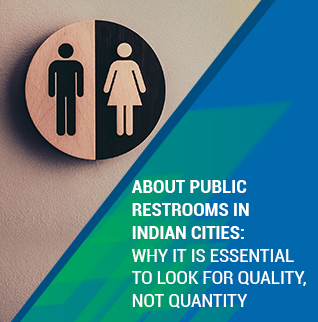


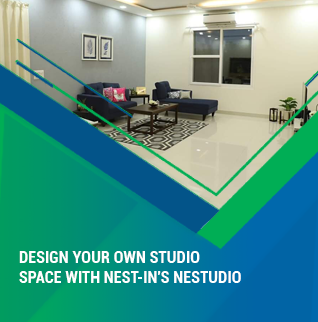







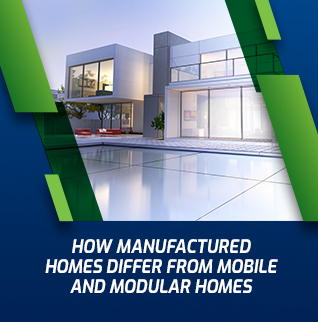






























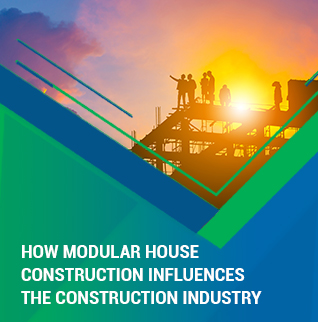
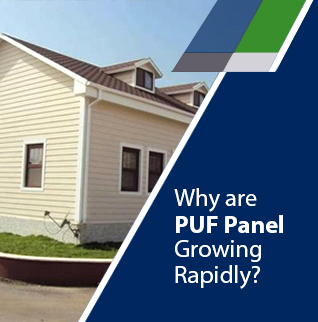






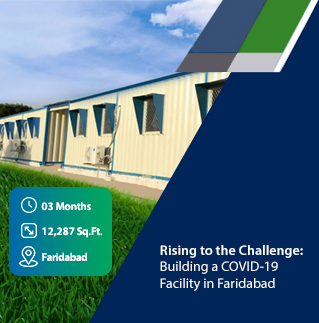






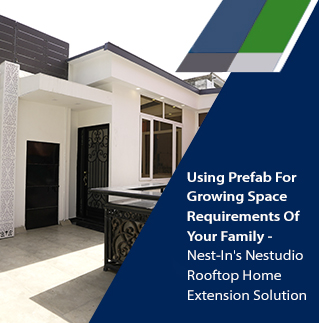




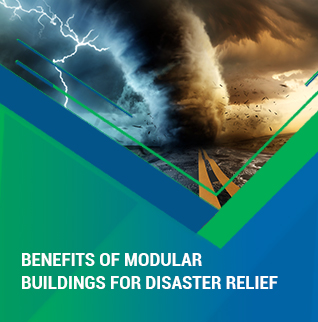
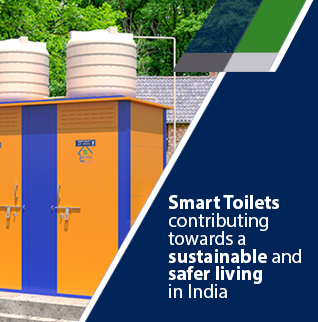






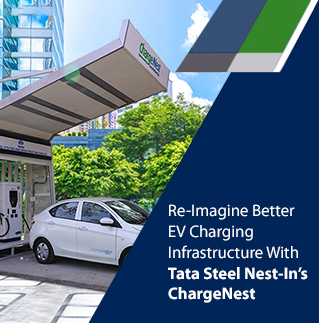





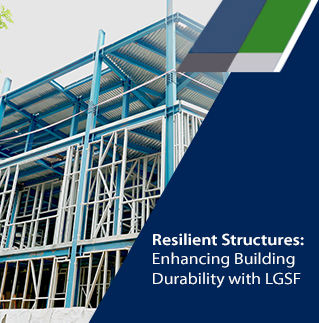

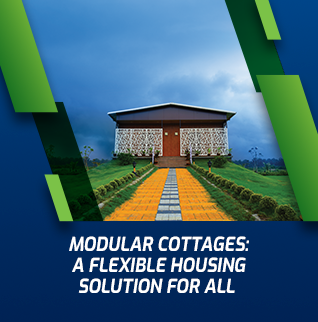











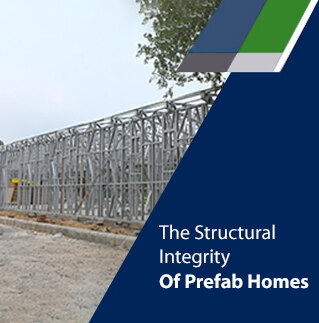















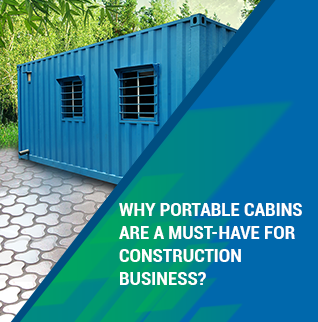

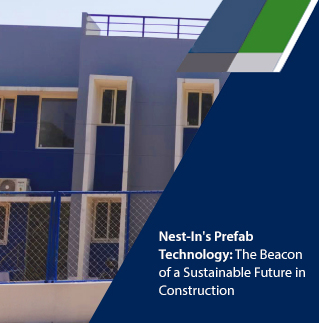






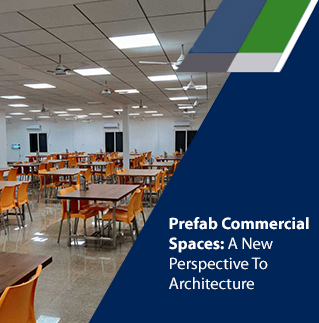
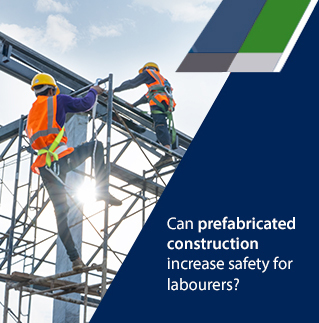













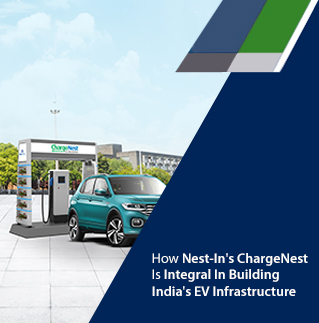


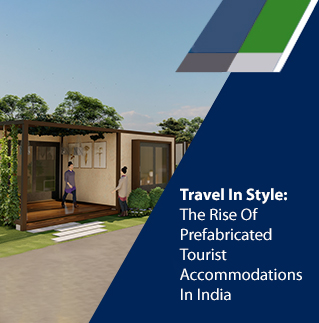


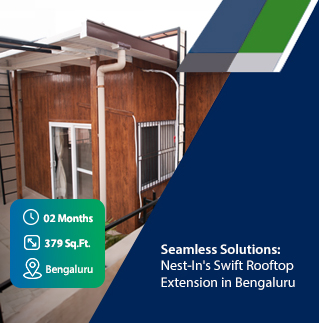


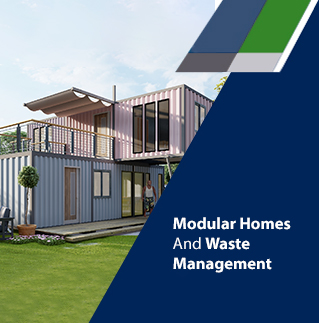














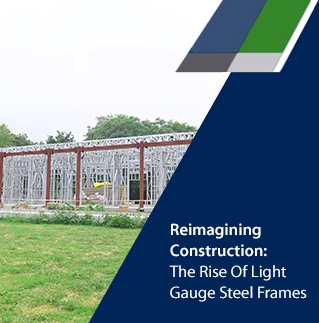















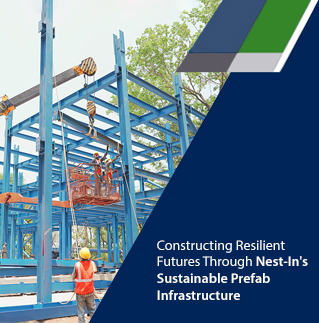


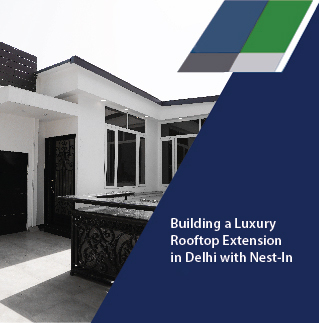







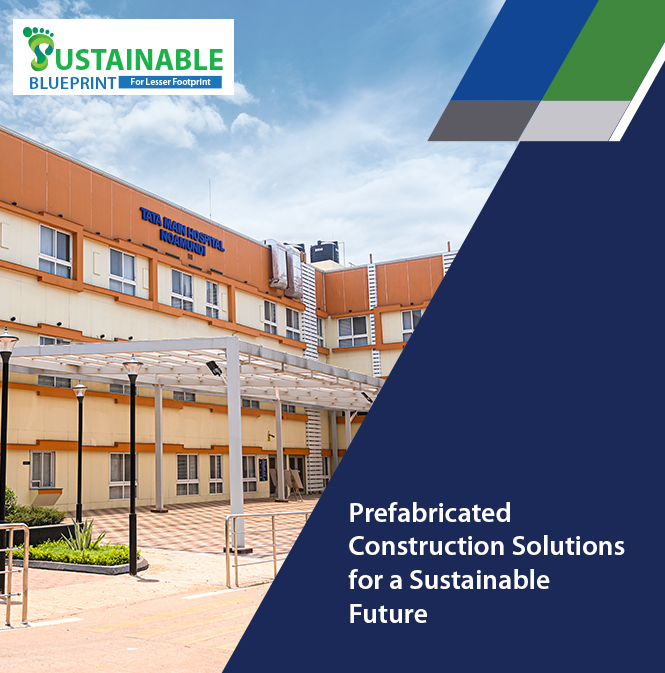





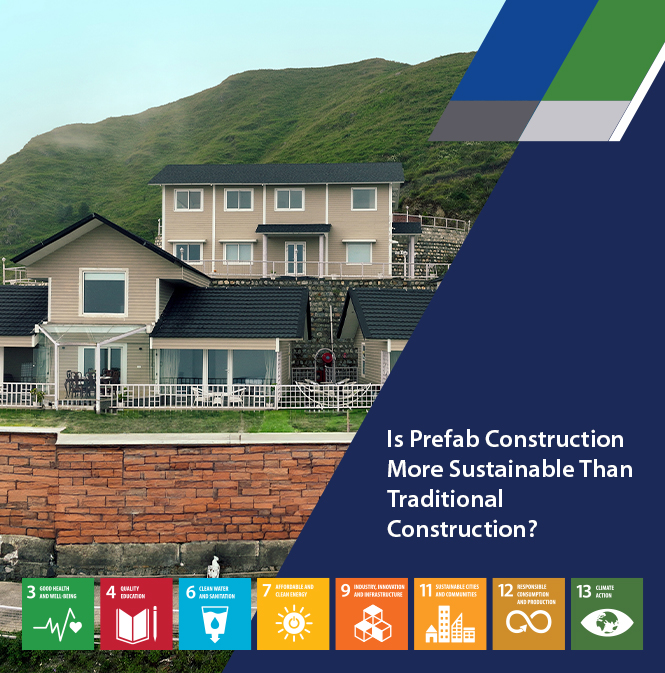


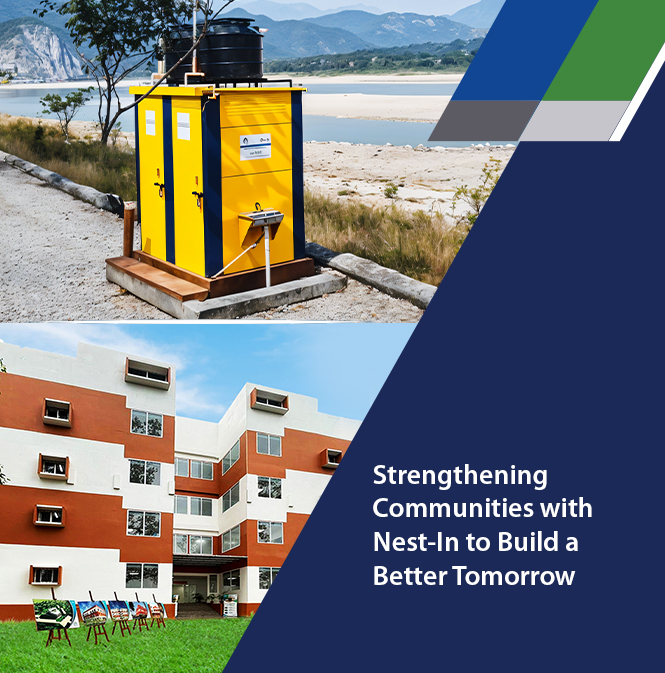
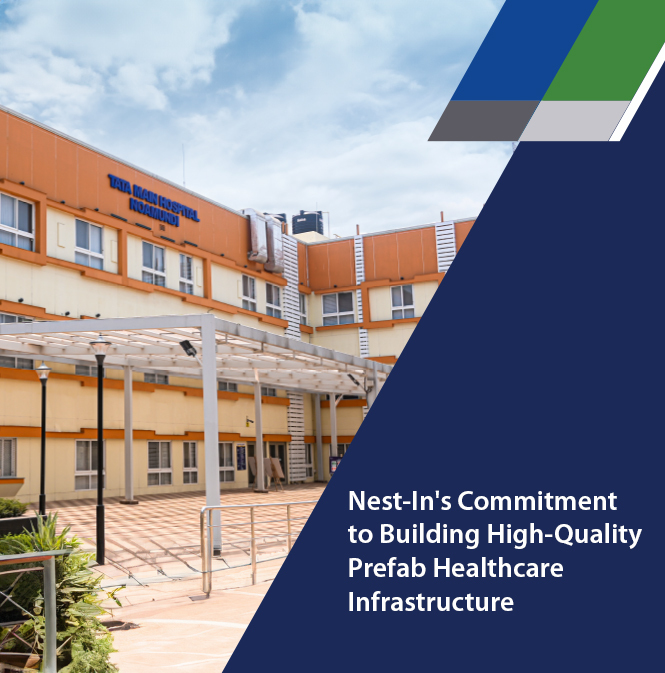






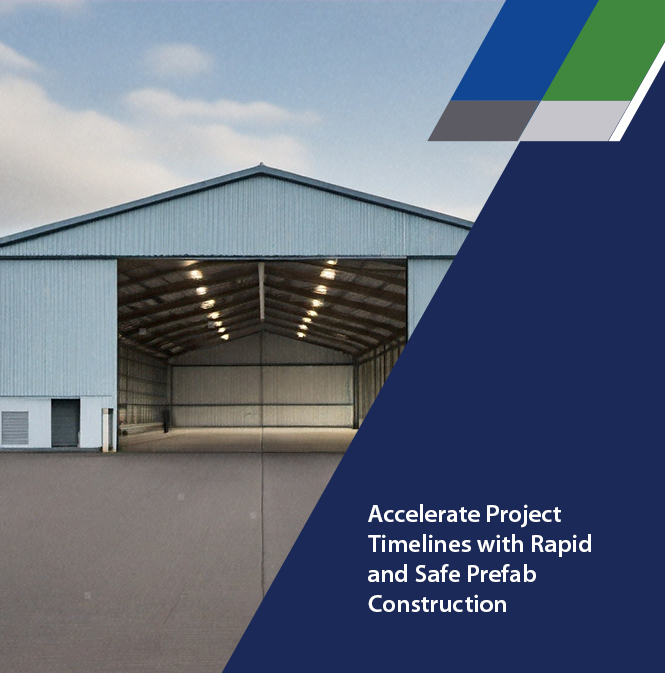

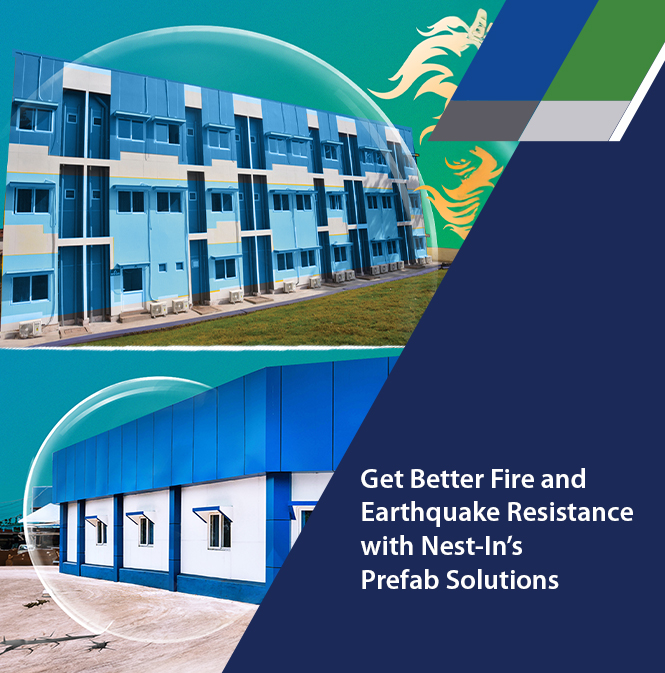



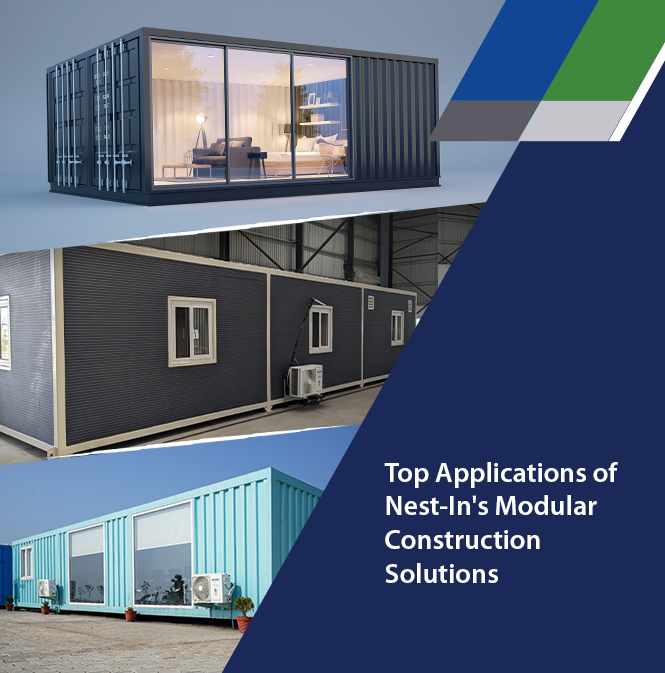

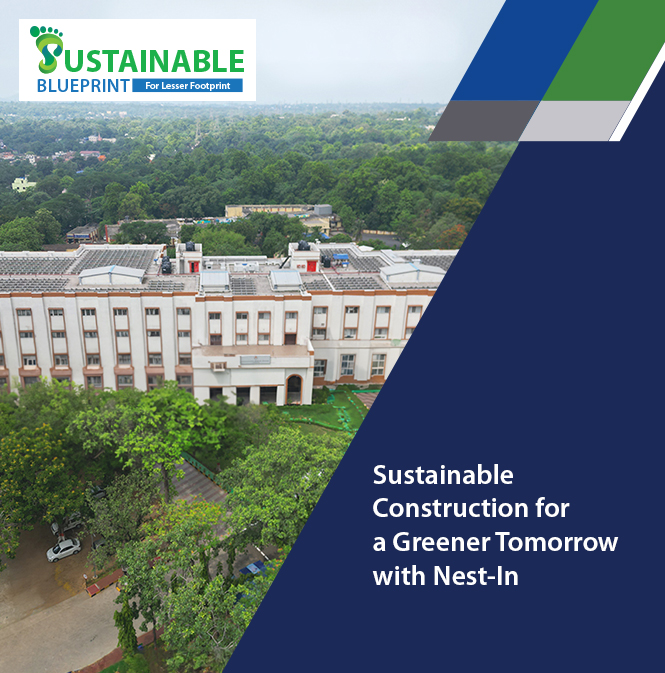

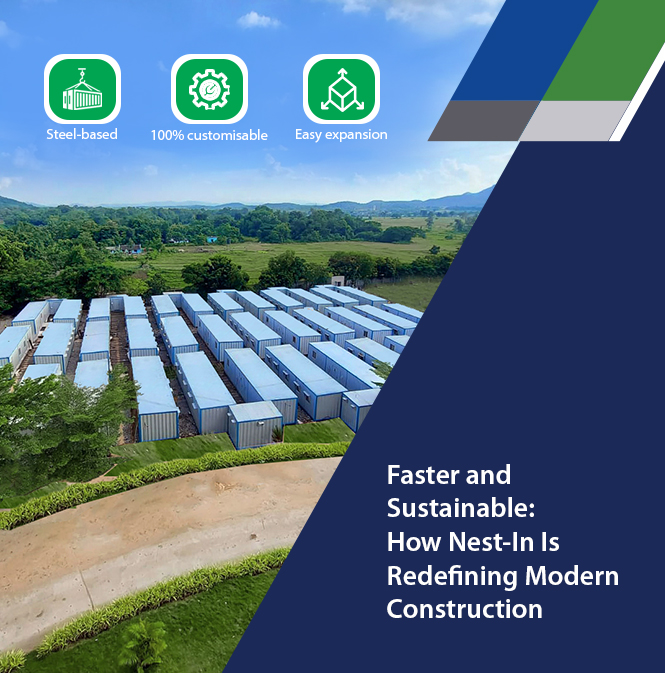






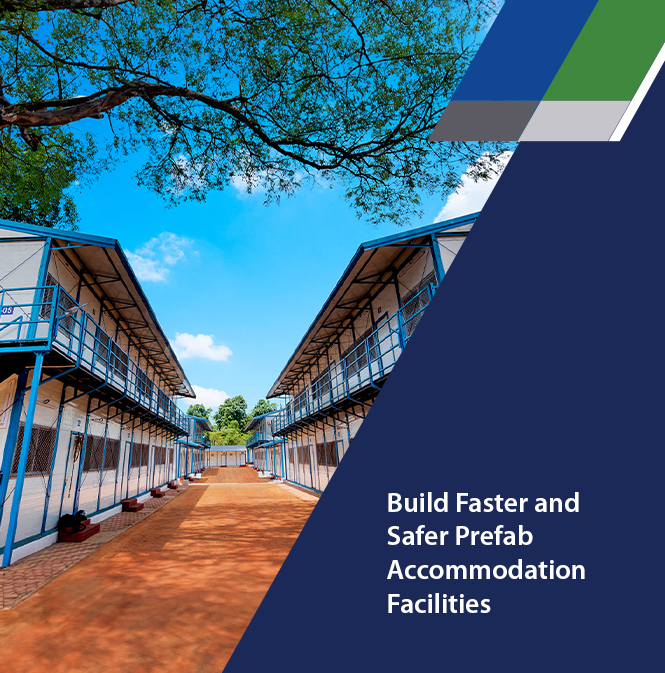
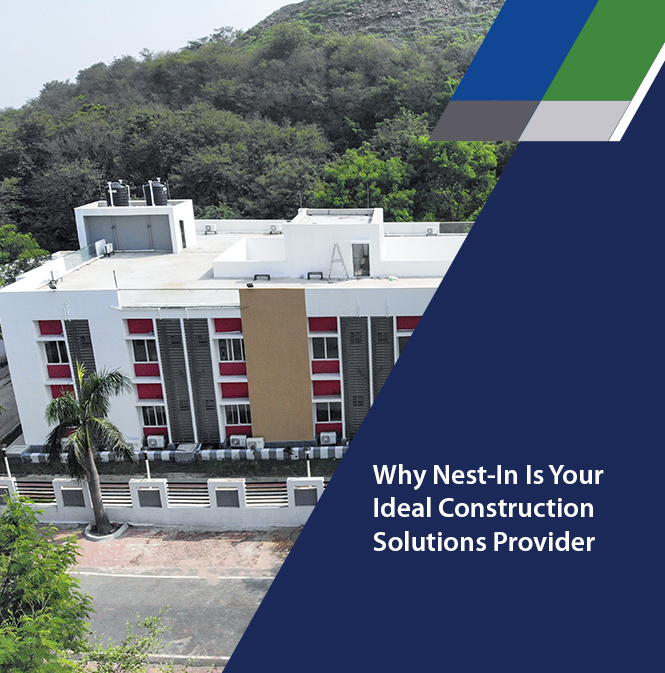
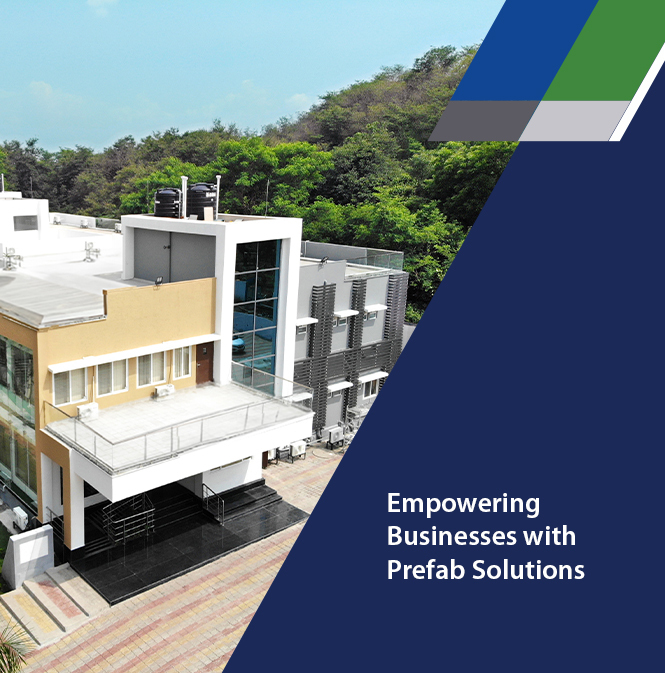
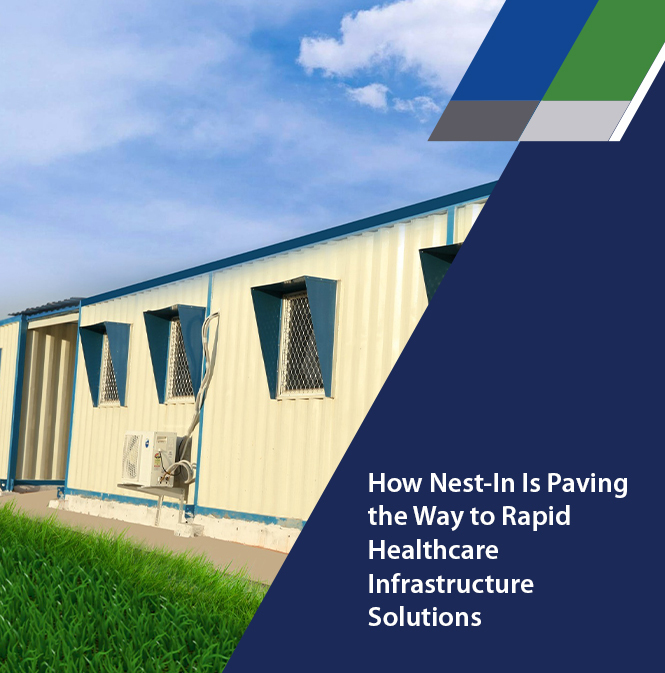



Add comment